What You Need to Know About Growing Truffles
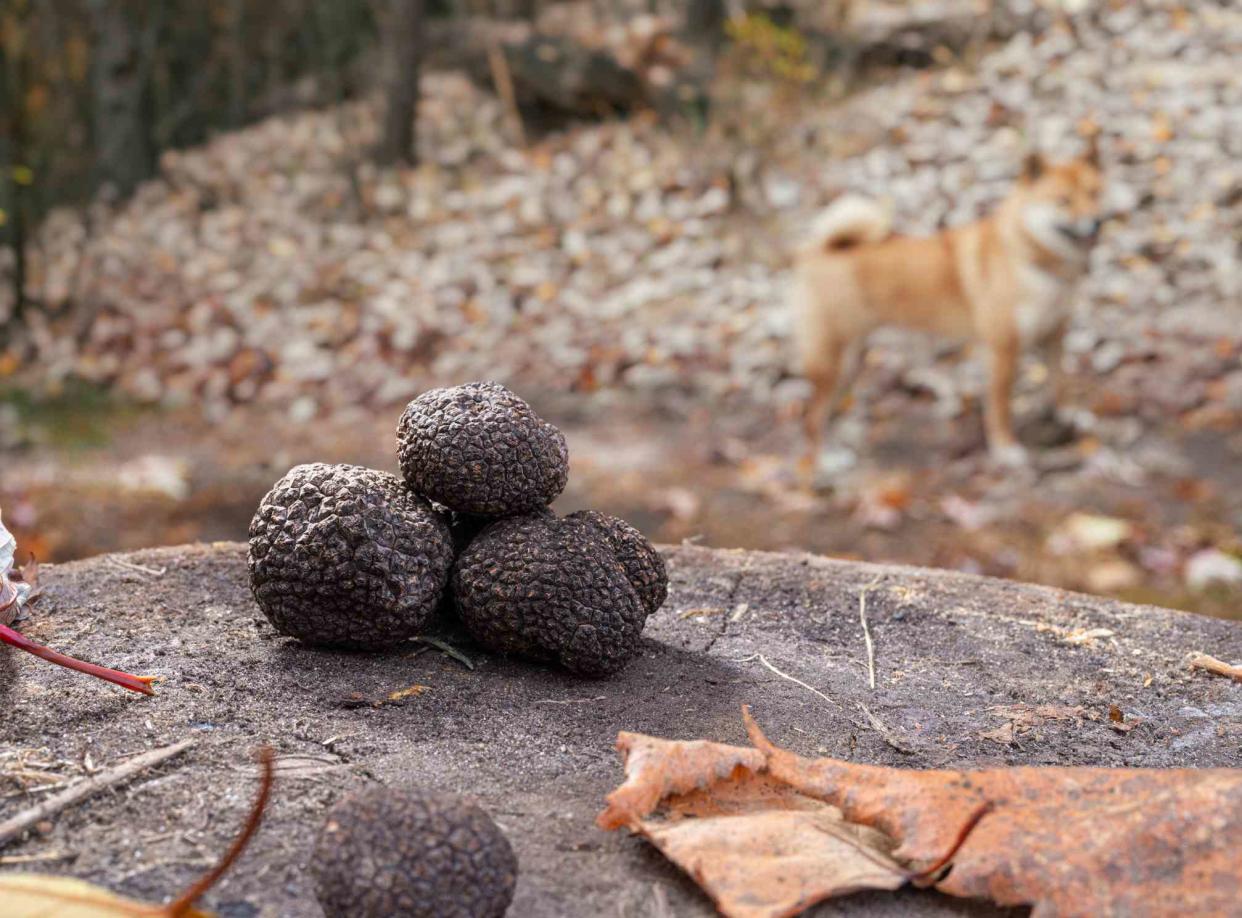
ValentynVolkov / Getty Images
Reviewed by Kathleen Miller
Truffles, one of the most expensive foods in the world, are sparingly shaved over exquisite dishes in top-rated restaurants. Unfortunately, growing truffles is a complex, highly involved, lengthy, and risky undertaking that is best left to professional truffle growers. Nonetheless, it is still worth getting an understanding how truffles are grown because it makes you appreciate why it is such a finicky process.
Meet the Expert
Karen Passafaro is the President of the North American Truffle Growers Association (NATGA). In June 2022, after eight years of irrigation, pruning, and weed control in the orchard, they were able to harvest their first black summer truffle, with the help of their truffle dog, a five-year-old Lagotto Romagnolo named Alba.
Olivia Taylor is the farm manager and dog handler for Virginia Truffles, LLC, in Rixeyville, Virginia, a family-owned and operated nursery and truffle farm. After planting the first acre of truffle trees in 2007, the first truffle was found in 2018.
What Are Truffles?
Truffles are fungi that grow 3 to 12 inches under the soil surface on the roots of specific host trees, with which they have a symbiotic relationship called mycorrhizal symbiosis. There are numerous truffle species but two species belonging to the Tuber genus are the culinary most relevant types: black truffles and white truffles.
They are round and irregularly shaped, with a thick, wrinkled rough skin and a firm texture, not unlike a small potato. Truffles have a very strong, earthy mushroom aroma but humans cannot detect when a truffle is ripe. It takes a specially trained truffle dog or pig to detect the underground locations of truffles.
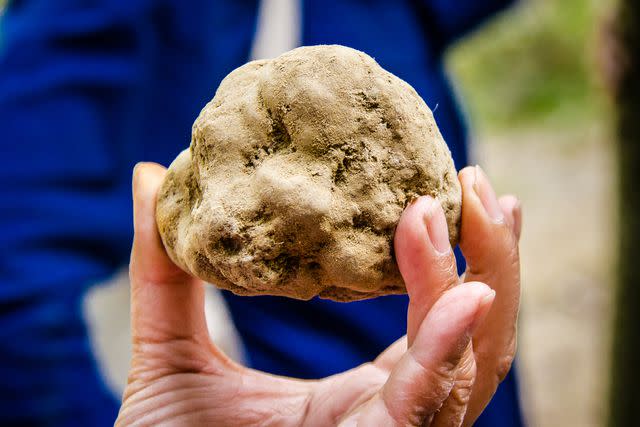
Craig A Walker / Getty Images
What Are the Different Types of Truffles?
Truffle terminology can be a bit confusing, as truffles are sometimes referred to as “summer truffles” and “winter truffles”. Here is an overview of popular truffle species:
Black truffle (Tuber melanosporum), also called French black truffle or Périgord truffle, has dark and rough skin and a dark interior with creamy white veins.
White truffle (Tuber magnatum), also called Alba white truffles, are even more rare and prized than black truffles. They grow wild deep in the forests of the Piedmont and other areas of Italy where the soil is clay and marl (a sedimentary made of clay and limestone).
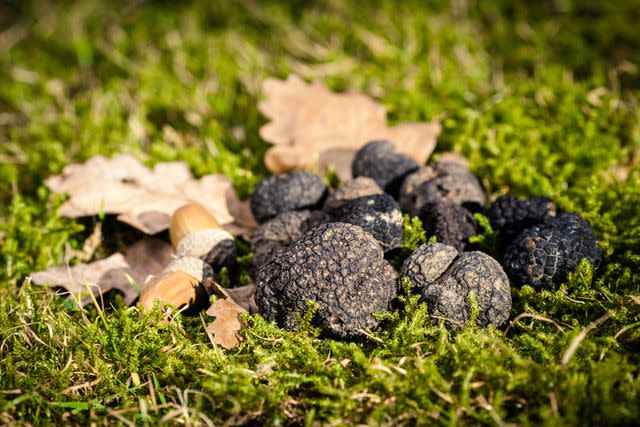
Liga Petersone / Getty Images
Black summer truffle (Tuber aestivum) have a wide native range, from northern Africa to southern Sweden and from Portugal to the Caucasus in eastern Europe. Summer truffles are harvested between June and August.
Oregon white truffle (Tuber oregonense) is a truffle native to the western United States. It grows in the fall and winter in a symbiotic relationship with Douglas firs. The taste is described as a combination or garlic, spices, and cheese.
Pecan truffle (Tuber lyonii) is a truffle that is native to North America. Pecan truffles have a slightly nutty flavor. Harvest season is usually in July and August but if there is sufficient moisture, with is crucial for pecan truffle culture, it may last until the fall.
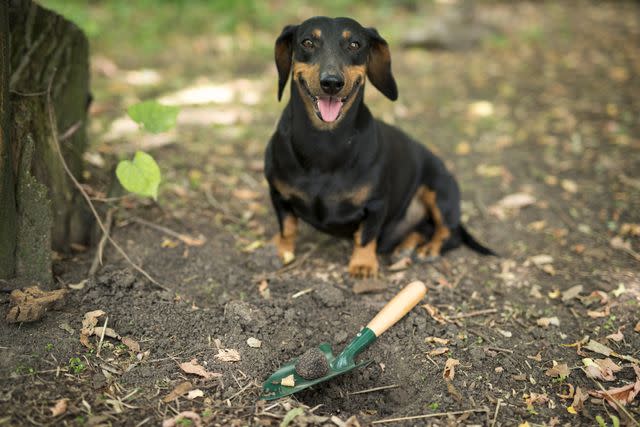
Smederevac / Getty Images
How Do Truffles Grow?
Truffles grow underground in a mutually beneficial relationship with a specific tree species, which sets them apart from other mushrooms. The fungi develop a dense network of fungal threads (mycelium) in the soil around the tree roots. In order for the mycelium to mate and form fruiting bodies (truffles), compatible mycelium types must be present, and al the conditions must be perfect.
For host trees, each truffle species has its own requirements. For example, black truffles require oaks such as French oak (Quercus robur), English oak (Quercus robur fastigiata), holly oak (Quercus ilex), and European filbert (Corylus avellana).
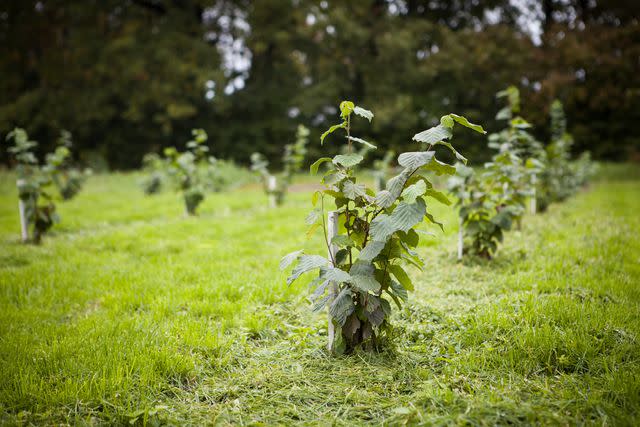
Liga Petersone / Getty Images
What’s Involved in Growing Truffles?
Many different things need to come together so that truffles can grow. First and foremost, the proper site selection and topography is crucial. Truffles only grow in a very narrow climate pattern. They need mild, mostly frost-free winters and warm, not hot summers.
Truffles need a soil that is extremely friable and contains particles in a wide range of sizes. Loamy soils with an even balance of sand, silt, and clay are good; too much clay is not suitable.
The water requirements of truffles are about the opposite of garden crops and natural precipitation patterns in most locations in North America. Precipitation should be distributed evenly over the course of the year.
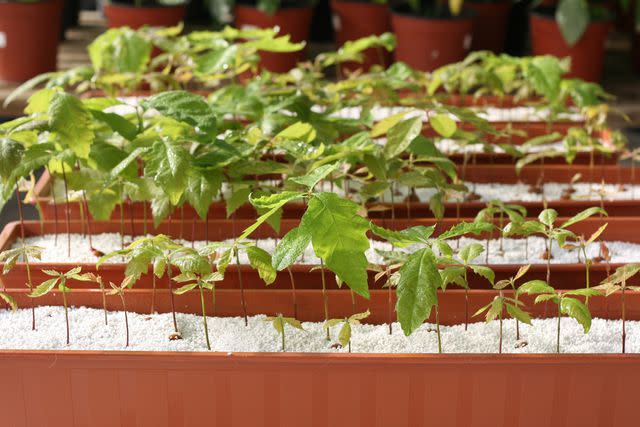
Liga Petersone / Getty Images
Purchasing an inoculated host tree and planting it sounds easy enough but there is a lot of care and maintenance involved afterwards. The inoculated trees need to be watered, weeded, pruned, and protected against pests and diseases for several years.
“In the first year, of production,” says Karen Passafaro, “you might get one or two truffles. In year number two of production you might get more, even an exponential increase, but truffle growing is unpredictable. Detailed production forecasts are very difficult to make.”
10 Container Garden Tips for Beginners
Can You Grow Truffles at Home?
Olivia Taylor sums up why truffle cultivation is not suited for a home garden environment. “There are several factors that dissuade a home garden approach, including soil manipulation to adjust the pH and improve available calcium, the space for trees that will grow large and require room for root growth year-over-year, and enough inoculated seedlings to improve the chances of success."
She emphasizes the considerable space requirements. “The minimum amount of space advised is half an acre. Truffles have not been successfully cultivated in pots or space-limited tubs.”
And, eventually, you’d also need a trained truffle dog to detect the truffles in the soil.
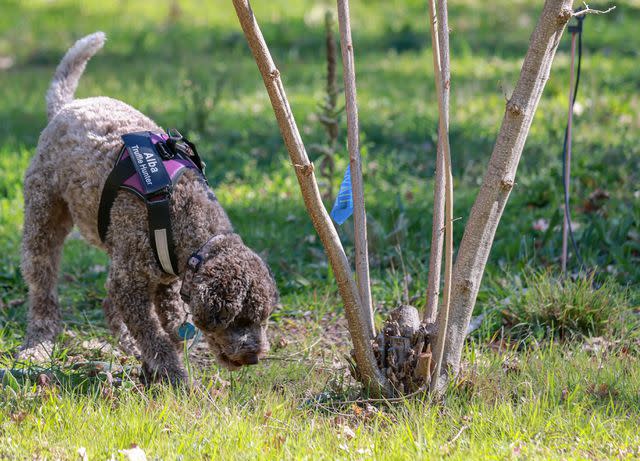
Photo courtesy of Karen Passafaro
Alba, a 5-year-old Lagotto Romagnolo hunting trufflesHow to Grow Truffles
As explained, the process of growing truffles is complicated, requires a lot of patience, and may have little payoff. However, these are the basic steps:
Obtain an inoculated tree for the type of truffles you want to grow.
Evaluate the soil on your land, looking for a spot where the pH and soil composition is right for both the tree and truffle production.
Plant the tree.
Care for the tree properly over the course of multiple years.
Search for truffles, ideally with the help of a trained truffle dog or pig.
Frequently Asked Questions
What’s the difference between a truffle dog and a truffle pig?
Both animals are able to detect truffles, but dogs are nowadays preferred as pigs tend to want to eat the truffles whereas a dog will be content with a treat when he finds a truffle. The best-known breed for truffle hunting is the Lagotto Romagnolo, aka Italian water dog or Italian truffle dog, but some other dog breeds also have a discriminating nose and the required discipline and mentality to become truffle dogs.
What is a truffle tree?
A truffle tree is a tree, usually an oak or a hazelnut, whose roots have been inoculated with truffle spores so that truffles can grow at is base underground.
Can I still harvest hazelnuts from the inoculated truffle trees?
According to Karen Passafaro, the hazelnut crop from those trees is rather poor, because the soil has been optimized for truffle growing and thus has a very high in pH (above 7.5), which is not conducive to growing hazelnuts.
Read the original article on The Spruce.

